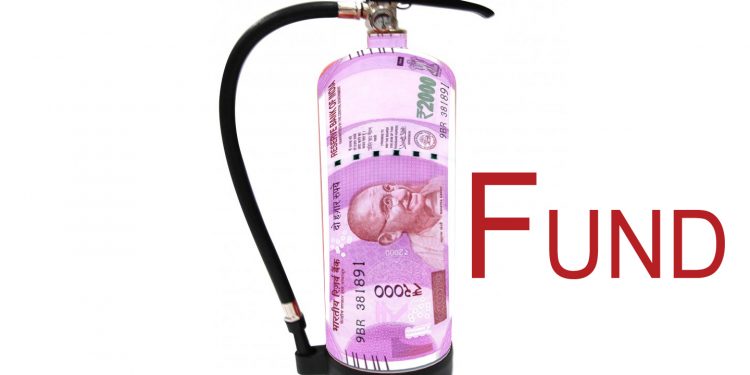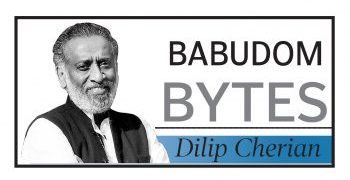Santosh Kumar Mohapatra
Questions have been raised about the state government’s decision to make use of the contingency fund to implement Krushak Assistance for Livelihood and Income Augmentation (KALIA) scheme. According to reports, about `735 crore was approved from the contingency fund for the KALIA scheme, December 29, 2018. Opposition parties argue that the fund should be utilised solely for emergencies such as natural calamities, while the ruling party has asked, where in the Constitution is it specified that the Contingency Fund should be utilized only in case of emergencies such as natural calamities?
Government accounts, both Central and state, have three parts: Consolidated Funds, Contingency Funds, and Public Account. Consolidated Funds have been formed under provisions of Article 266 (1) of the Constitution. Each state can have its own consolidated fund.
Inflow to this fund is from taxes and non-tax revenues. Loans from issue of treasury bills are also received in this fund. Shares from the central tax pool and grants-in aid, too, come into this account. The government meets expenditures, including loan repayments, from this fund.
Contingency Fund of each state is established under Article 266 of the Constitution and is placed at the
disposal of the Governor. The corpus varies from state to state as decided by their respective legislatures
Public Account is not constituted of normal receipts of the government. Therefore, parliamentary authorisation is not required for payments from this account. Each state can have a Public Account on similar lines.
Contingency Funds, in turn, are created as imprest accounts, that is, money maintained for a specific purpose. It may be used for urgent expenditure in anticipation that the spending would be approved by the Parliament or the Assembly later.
Contingency Fund of India has been established under Article 267 of the Constitution. The fund is held by the Finance Secretary (Department of Economic Affairs) on behalf of the President of India and it can be operated by executive action.
Similarly, Contingency Fund of each state is established under Article 266 of the Constitution and is placed at the disposal of the Governor. The corpus varies from state to state as decided by their respective legislatures.
The corpus of Odisha Contingency Fund was first enhanced from `150 crore to `400 crore by an amendment in 2008 and it was enhanced further to `1,400 crore by an ordinance July 27, 2018, to meet the state’s share in the centrally-sponsored Swachh Bharat Mission-Gramin (SBM-G).
The state had made a budgetary outlay of `1,000 crore for SBM-G; in it the Centre’s share was to be `600 crore (60 per cent) and the state’s share `400 crore (40 per cent). However, the Centre released `1052.26 crore, which meant the state had to correspondingly match its share with `704.65 crore instead of `400 crore. This sum over and above the budget had to be raised from the Contingency Fund.
So, KALIA scheme is not the first time the state has drawn from the Contingency Fund. There is nothing wrong with Odisha government drawing from the Contingency Fund for KALIA.
Since the Assembly is not in session and there is no budgetary provision for KALIA scheme, the state government had no alternative but to utilise the Contingency Fund through an ordinance, as pressure has been mounting from the Opposition to announce a loan waiver for farmers and the government could not wait till the next Assembly session, particularly as elections are near.
However, the spending still needs to be approved in the Assembly. Fiscal rectitude should not be
ignored.
The writer is an Odisha-based economist. e-Mail: [email protected].







































